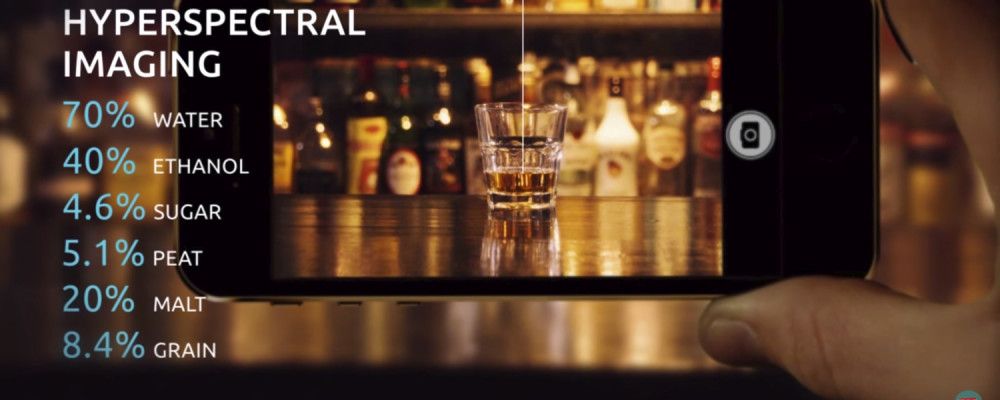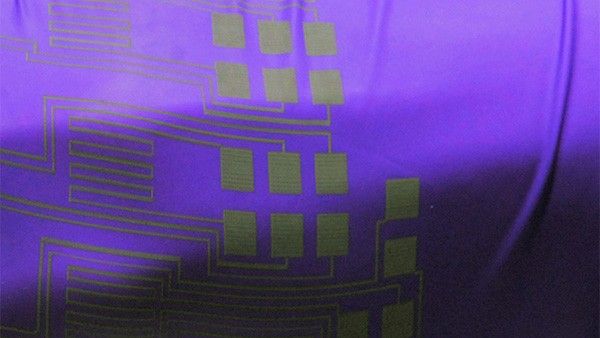By Sarah Jenn — NewsBTC
In a step closer towards the institutionalization of bitcoin trading, a New York firm announced that it is expanding its operations to include trading in blocks of bitcoin. Genesis Trading, a division of SecondMarket, says that it is currently the only licensed broker-dealer that offers this service.
Genesis is now specializing its operations to focus on bitcoin trading with its own team of traders and support staff. According to its Chief Executive Brendan O’Connor, their plan is to generate business from the hedge funds and private investors who have shown an interest in the cryptocurrency. Read more




 I read all the news about SpaceX’s Falcon 9 latest “failure” to land on an autonomous spaceport drone ship aka barge. I view these as trials to success. Here’s why.
I read all the news about SpaceX’s Falcon 9 latest “failure” to land on an autonomous spaceport drone ship aka barge. I view these as trials to success. Here’s why.










